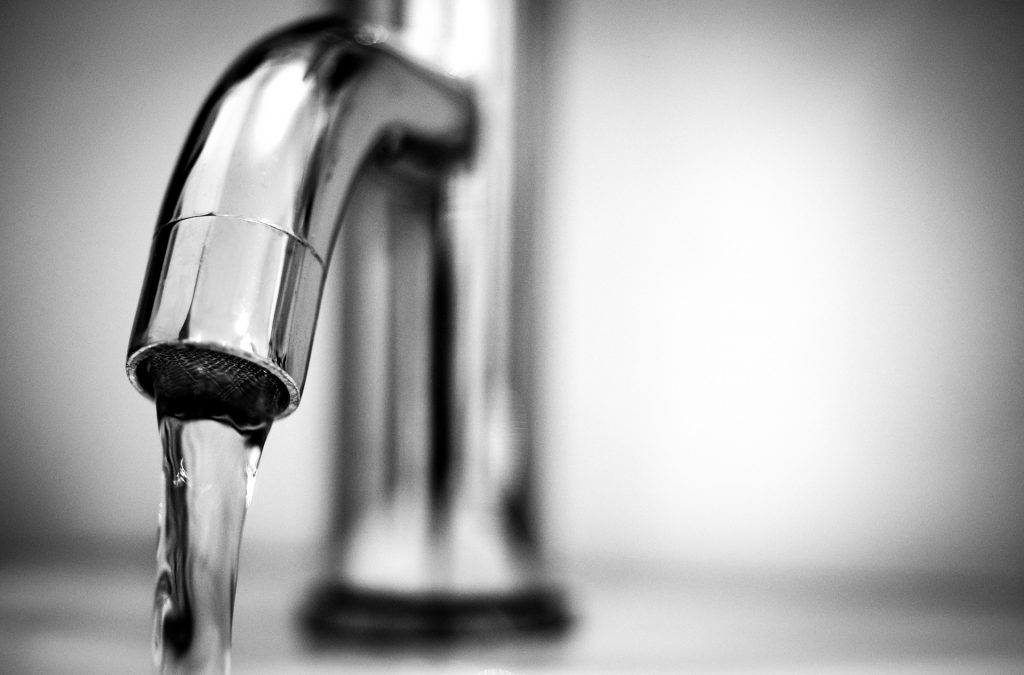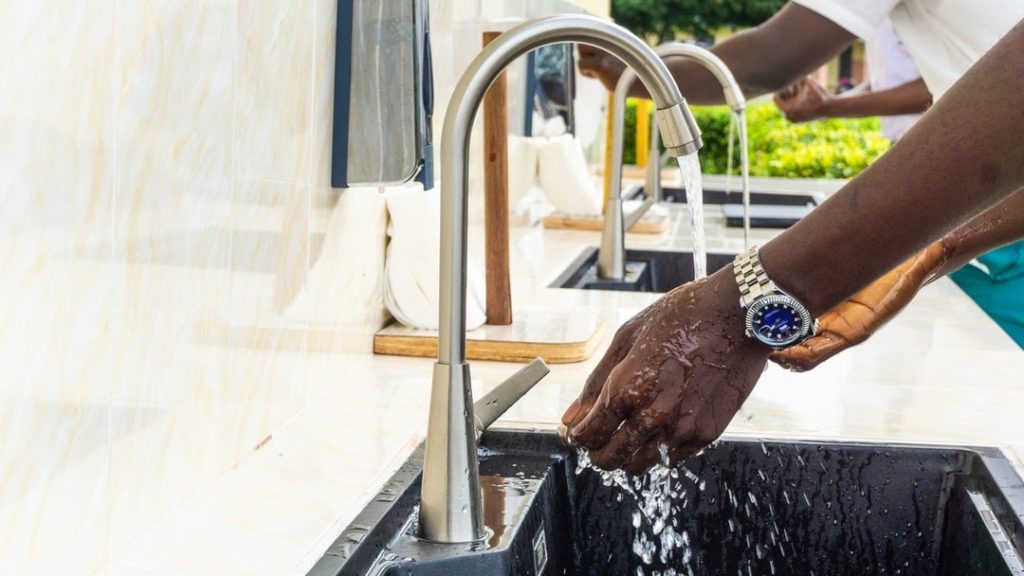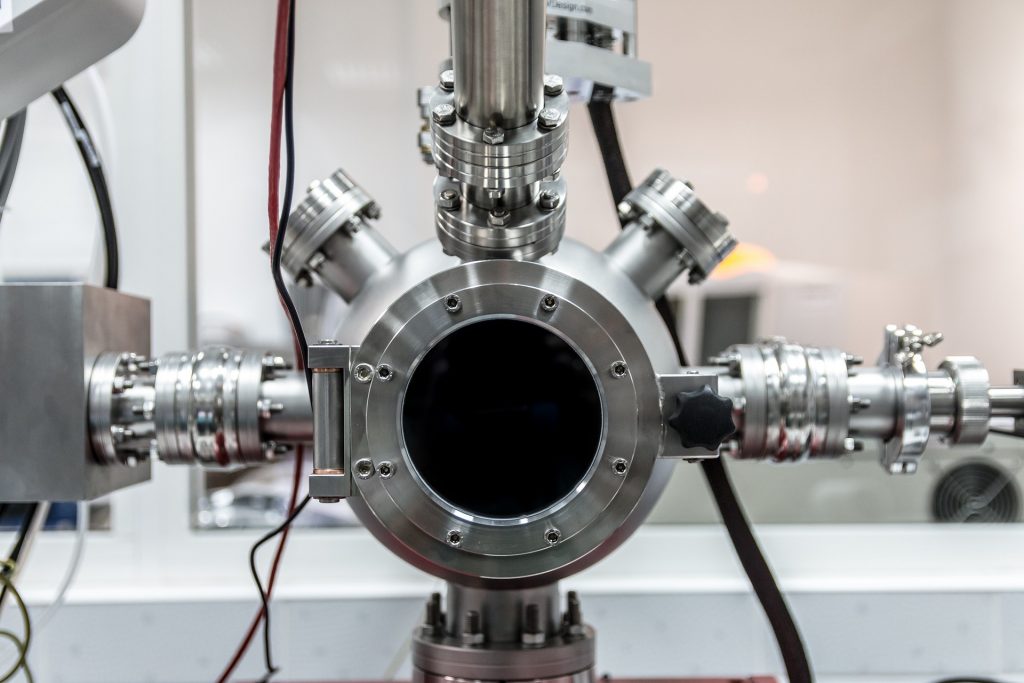Most of us don’t give a second thought to our hot water temperature settings—until we’re dealing with scalding hot water or running out of warmth during a shower. But finding the recommended water heater temperature can impact more than just comfort. It can help you save money, improve safety, and even prevent harmful bacteria from growing in your water tank.
So, what’s the sweet spot? And why does it matter so much?
Let’s break it down in a way that’s easy to understand—and even easier to apply in your own home.
Why Water Heater Temperature Settings Matter
While most of us rarely think about it, the temperature of your water heater plays a big role in:
- Preventing burns and reducing the risk of scalding.
- Reducing energy costs.
- Minimizing the risk of bacterial growth (like Legionnaires disease).
- Ensuring enough hot water for your daily needs.
Many homeowners inherit the factory settings of a new water heater and never think to adjust it. However, the default setting—often 140°F—isn’t ideal for every household. Let’s explore what the ideal temperature is and why.
What’s the Recommended Water Heater Temperature?
The U.S. Department of Energy suggests adjusting your water heater to a temperature of 120 degrees Fahrenheit. This temperature hits the sweet spot for most households:
- Hot enough to kill most harmful bacteria.
- Cool enough to prevent scalding injuries.
- Efficient enough to reduce energy consumption and utility costs, leading to better energy savings.
That said, there isn’t a one-size-fits-all answer. The ideal water heater temperature depends on who lives in your home and how you use hot water.
Key Considerations in Choosing the Right Temperature
Here’s how to decide whether 120°F is right for you or if you might need to go slightly higher or lower:
Homes with Children or Elderly Adults
Stick to 120°F or lower. Both young children and seniors are more vulnerable to burns. Even brief exposure to water above 130°F can cause third-degree burns in seconds.
Households with Weakened Immune Systems
Consider setting the temperature to 130°F–140°F. At these levels, bacteria like Legionella have a harder time surviving. Just be sure to use thermostatic mixing valves at taps to reduce scalding risk.
Large Households or Homes with High Hot Water Demand
If hot water runs out quickly, a slightly higher setting (125–130°F) can help keep everyone comfortable, especially during back-to-back showers or when using appliances like dishwashers.
If you’re regularly running out of hot water, it may be a sign your current unit is nearing the end of its useful life. Here’s a guide on how long water heaters last and what to expect when planning a replacement.
Cold Climate or Long Pipe Runs
Cold water in the pipes can cool as it travels through winter or in larger homes. Slightly increasing the temperature can help compensate.
Risks of Getting the Temperature Wrong
Let’s look at what can happen when your water heater isn’t set properly:
Too Hot (Over 140°F)
- Scalding injuries (especially dangerous for kids and seniors).
- Wasted energy and higher energy bills.
- Accelerated wear on your plumbing system.
Too Cold (Under 120°F)
- Increased risk of bacteria in standing water.
- Inadequate hot water during peak times.
- Lukewarm showers—not ideal for comfort or hygiene.
Overheating your system can also lead to more frequent repairs and higher utility bills. In Arizona, where water usage is high year-round, it’s worth understanding the average yearly cost of operating a water heater to make smarter energy choices.
How to Check and Adjust Your Water Heater Temperature
You don’t need to be an expert to check your water heater settings. Here’s how:
Step 1: Measure the Temperature
- Turn on the faucet farthest from your water heater and let the water run for at least 30 seconds.
- Use a kitchen thermometer to measure the temperature.
- If it’s significantly above or below 120°F, it’s time to adjust the temperature.
Step 2: Locate Your Water Heater Controls
Gas Water Heater
- Look near the bottom for a dial labeled with “Low,” “Hot,” “A-B-C”, or similar.
- A = ~120°F, B = ~130°F, C = ~140°F
Electric Water Heater
- Turn off the power at the breaker.
- Remove the access panels and use a screwdriver to adjust the water heater thermostat (top and bottom).
- Always consult your manual for exact instructions.
Tankless Water Heater
- Use the digital display to adjust temperature settings directly, easily, and precisely.
If your unit stops producing hot water suddenly, know how to reset a tankless water heater before assuming it needs repairs.
Adjusting Safely: A Few Tips
- Always cut power before adjusting an electric water heater.
- Wait a few hours after making the adjustments, then retest the water temperature.
- Check regularly for mineral buildup in the water tank, which can affect performance and lifespan.
- If unsure, consult a licensed HVAC professional for help, especially if your system is older or unfamiliar.
Find the Balance That Works for You
The recommended water heater temperature of 120°F is a great starting point for most homes. It strikes a balance between comfort, safety, and energy efficiency without compromising performance.
That said, your household’s needs may vary. At American Home Water & Air, we encourage you to find the setting that works best for you—and when in doubt, we’re always here to help.
If you’re unsure about adjusting your system or considering a repair or a full system replacement, our licensed technicians specialize in water heater installation and repair services tailored to your home’s specific needs and energy goals.
Contact our team today to ensure your hot water system is working efficiently, safely, and reliably.









